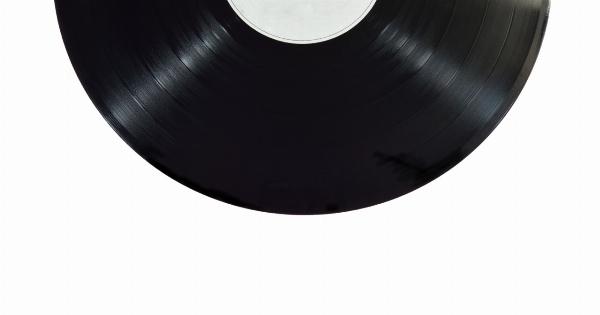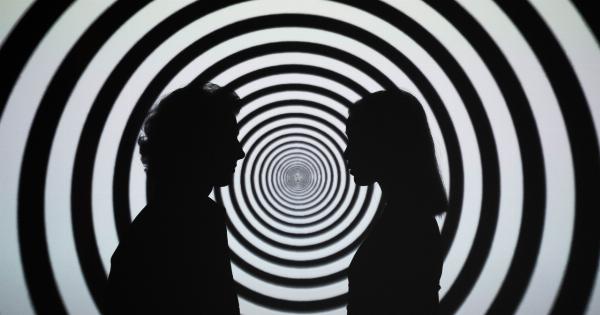Nasal diaphragm and rhinoplasty surgeries are two common procedures which aim to improve the function and appearance of the nose. However, there are several myths surrounding these surgeries which can discourage people from pursuing them.
In this article, we will debunk some of the common myths of nasal diaphragm and rhinoplasty surgery.
Myth #1: Nasal Diaphragm Surgery is Painful
Nasal diaphragm surgery is a procedure that can be performed under local anesthesia or general anesthesia.
It is a minimally invasive procedure that involves inserting a small implant into the nose to open up the nasal passages, allowing for easier breathing. Most patients report minimal discomfort during and after the procedure, and any discomfort can be managed with pain medication prescribed by the surgeon.
Myth #2: Rhinoplasty Surgery is Only for Cosmetic Purposes
Rhinoplasty surgery, also known as a nose job, can be performed for both cosmetic and functional purposes.
It can improve the appearance of the nose by changing its shape and size, but it can also correct structural abnormalities that cause breathing difficulties. In fact, many patients who undergo rhinoplasty do so to improve their overall quality of life by addressing issues such as chronic congestion or sleep apnea.
Myth #3: Nasal Diaphragm Surgery is a Miracle Cure for Snoring and Sleep Apnea
Nasal diaphragm surgery can certainly improve breathing function, but it is not a guaranteed cure for snoring or sleep apnea.
In some cases, structural issues in the mouth or throat may also need to be addressed in order to effectively treat these conditions. It is important to consult with a specialist who can evaluate your individual needs and develop a comprehensive treatment plan.
Myth #4: Rhinoplasty Surgery Results Are Always Obvious
While rhinoplasty can certainly produce dramatic results in some cases, the goal of the procedure is often to achieve a subtle, natural-looking improvement.
The best rhinoplasty results are typically those that blend in with the patient’s existing features, rather than drastically changing their appearance. Additionally, swelling and bruising after the procedure can obscure the final result for several months, so it is important to have patience and realistic expectations.
Myth #5: Recovery from Nasal Diaphragm Surgery is Lengthy and Painful
Recovery from nasal diaphragm surgery is typically quick and relatively pain-free. Most patients are able to return to work or school within a few days, and any residual discomfort can be managed with over-the-counter pain medication.
The surgeon will provide detailed post-operative instructions to ensure a smooth and safe recovery.
Myth #6: Rhinoplasty Surgery is Only for Women
Rhinoplasty surgery is a popular procedure for both men and women. While women may undergo rhinoplasty more frequently, there are many men who seek the procedure as well.
The goal of rhinoplasty is to improve the overall appearance and function of the nose, regardless of the patient’s gender.
Myth #7: Nasal Diaphragm Surgery Can Be DIY
While there are many nasal dilators and strips available over the counter, attempting to perform nasal diaphragm surgery at home is extremely dangerous and should never be attempted.
Nasal diaphragm surgery should only be performed by a qualified surgeon in a sterile surgical environment to ensure the utmost safety and efficacy of the procedure.
Myth #8: Rhinoplasty Surgery is Only for Young People
Rhinoplasty surgery can be performed on patients of all ages, as long as they are in good overall health and have realistic expectations for the outcome of the procedure.
In fact, some older patients may seek rhinoplasty in order to correct age-related changes in the nose, such as a drooping tip or increased prominence of the nasal hump.
Myth #9: Nasal Diaphragm Surgery Results Are Permanent
While nasal diaphragm surgery can provide long-lasting relief from breathing difficulties, the results are not necessarily permanent.
In some cases, the implant may need to be adjusted or replaced over time as the nasal tissues naturally shift and change. However, many patients can enjoy improved breathing function for several years or even indefinitely after the procedure.
Myth #10: Rhinoplasty Surgery is Risky and Unsafe
Like any surgical procedure, rhinoplasty does carry some risks. However, when performed by a qualified and experienced surgeon in a safe and sterile environment, the risks are minimal.
Complications such as infection or bleeding are rare, and most patients are able to resume their normal activities within a week or two after surgery.
Conclusion
Nasal diaphragm and rhinoplasty surgeries are safe and effective procedures that can greatly improve the function and appearance of the nose.
By dispelling these common myths, we hope to encourage more people to explore these options for addressing their breathing or cosmetic concerns. If you are considering nasal diaphragm or rhinoplasty surgery, we encourage you to consult with a qualified specialist to learn more about your options and determine the best course of treatment.































